Can someone please offer an explanation and solution to this problem?
The question has been adapted for this forum. It originally comes from a McKinsey case.
Below is a description of expected probability of success, by stage, in a biotech firm's R&D pipeline.
The R&D of a drug has several phases (1-4). As a drug goes through each stage, there is a probability of it suceeding:-
Phase 1 ---(70%)---> Phase 2 ---(40%)---> Phase 3 ---(50%)---> Phase 4 ---(90%)---> successful marketing & sales
This firm believes that the likelihood of success of its primary drug candidate can be improved by investing an additional $150 million in a larger Phase 2 trial. The hope is that this investment would raise the success rate in Phase 2, meaning that more candidate drugs successfully make it to Phase 3 and beyond. By how much would the Phase 2 success rate need to increase in order for this investment to break even?
Assume that if the drug is successfully marketed and sold, it would be worth $1.2 billion (that is, the present value of all future profits from selling the drug is $1.2 billion).



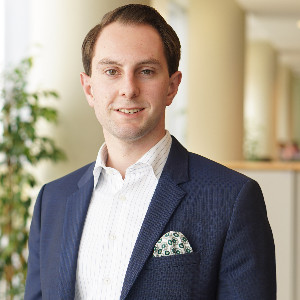
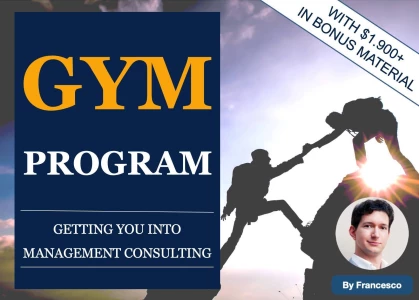



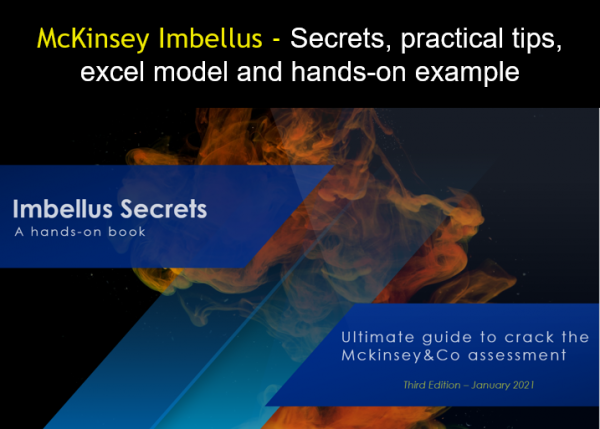
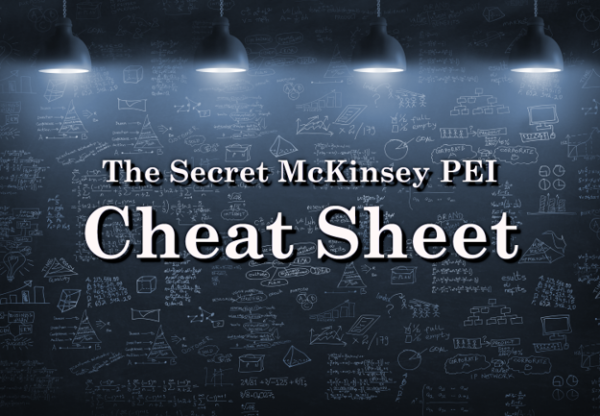
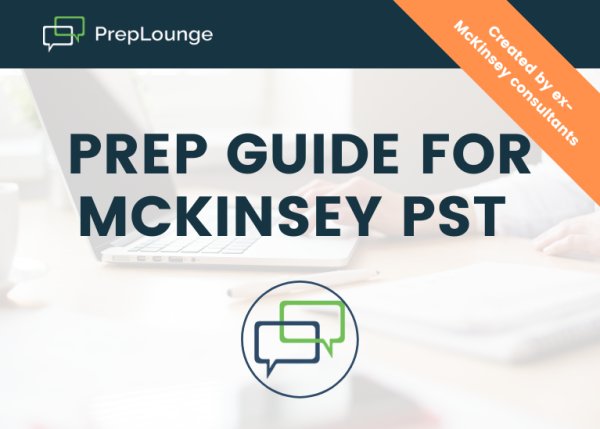
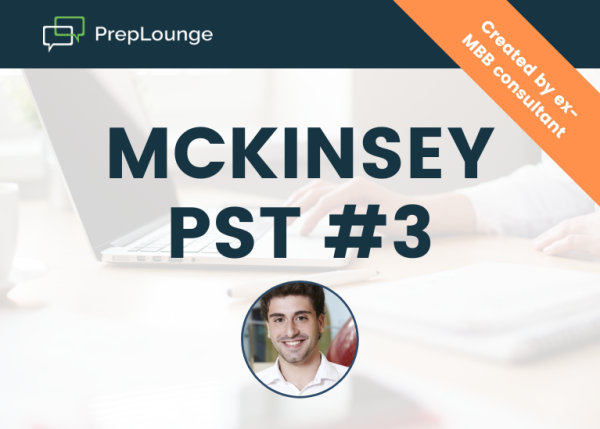
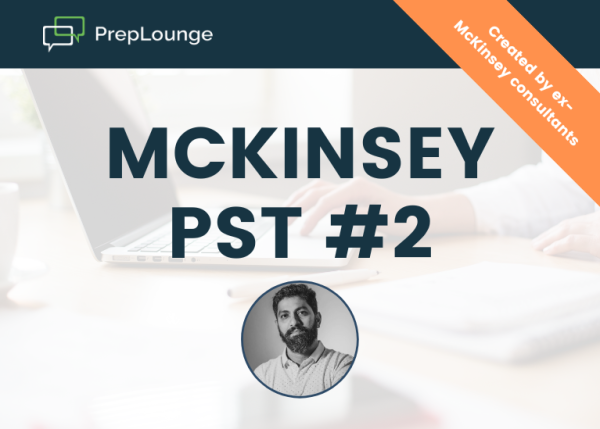
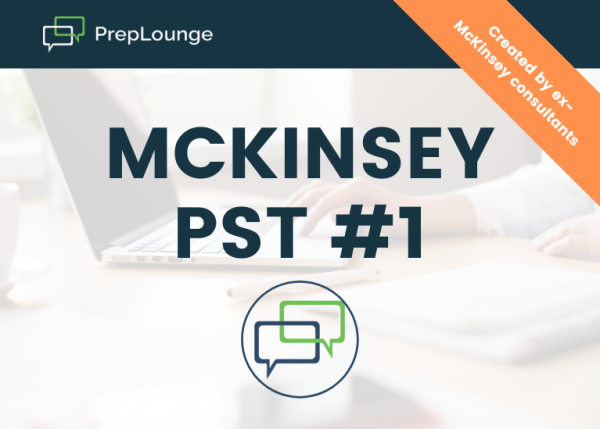
Just to add to this - I personally avoid complex formulas in interviews because I do not want to mess up the calculations, so I try to use simple logic instead if I can. The value of a drug is worth less and less the further back it is in development. For example, starting Phase 4, we have a 90% chance of getting 1.2 bn, and a 10% chance of getting 0, so the drug is worth 1.08 bn (0.9*1.2bn). Working backward, you'll get the value of a drug that's coming into the pipeline today, before phase 1 to be roughly 150M (1200M*0.9*0.5*0.4*0.7), same as the investment we plan to make. Now, if you invest 150M into any stage of development, you want that 150M to reflect the value of the pipeline today, Pre-phase 1. So we can now assume we want Pre-phase 1 value to be 150M + 150M = 300M (double). Now, we know that working backward from 1.2 bn to the initial 150M, we multiplied by a success percentage every time. Therefore, to get to an initial value of 2 x 150M and only have the change reflected in one of the Phases' success rates, then that Phase must double in its percentage effectiveness. This brings the success rate from 40% to 80% in Phase 2. If we were doing Phase 3 instead, for example, it would need to go from 50% to 100%, and if we were doing Phase 4, we would not be able to actually realize this gain, because we would need to go from 90% to 180% success rate, which is impossible. It's essentially the same calculation as above, but I found it easier for me personally to wrap my mind around. Hopefully, it offers an alternative for anyone struggling with complex maths, and please let me know if the logic is flawed somehow!
(edited)